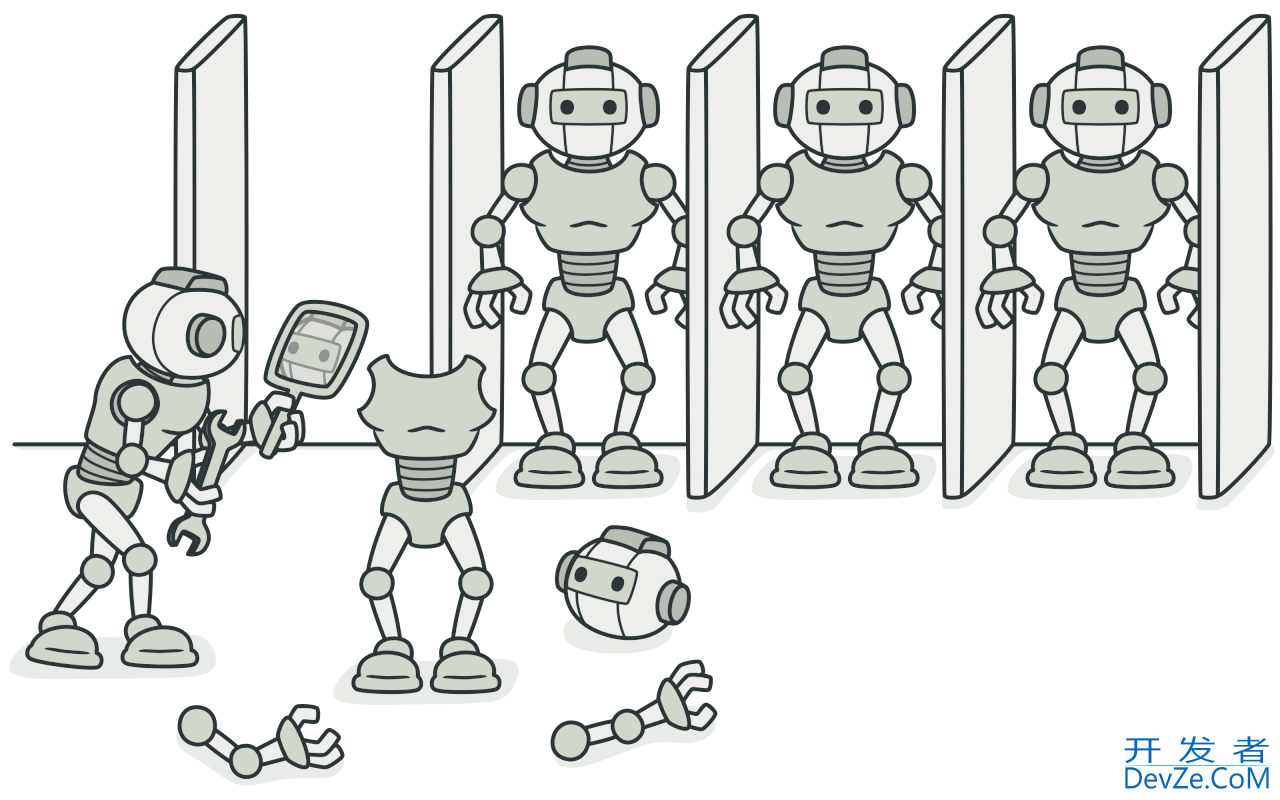目录
- 原型模式
- 概念示例
原型模式
原型是一种创建型设计模式, 使你能够复制对象, 甚至是复杂对象, 而又无需使代码依赖它们所属的类。
所有的原型类都必须有一个通用的接口, 使得即使在对象所属的具体类未知的情况下也能复制对象。 原型对象可以生成自身的完整副本, 因为相同类的对象可以相互访问对方的私有成员变量。

概念示例
让我们尝试通过基于操作系统文件系统的示例来理解原型模式。 操作系统的文件系统是递归的: 文件夹中包含文件和文件夹, 其中又包含文件和文件夹, 以此类推。
每个文件和文件夹都可用一个 inode接口来表示。 inode接口中同样也有 clone克隆功能。
file文件和 folder文件夹结构体都实现了 print打印和 clone方法, 因为它们都是 inode类型。 同时, 注意 file和 folder中的 clone方法。 这两者的 clone方法都会返回相应文件或文件夹的副本。 同时在克隆过程中, 我们会在其名称后面添加 “_clone” 字样。
inode.go: 原型接口
package main
type Inode interface {
print(string)http://www.devze.com
clone() Inode
}
file.go: 具体原型
package main
import "fmt"
type File struct {
name string
}
func (f *File) print(indentation string) {
fmt.Println(indentation + f.name)
}
func (f *File) clone() Inode {
return &File{name: f.name + "_clone"}
}
folder.go: 具体原型
package main
import "fmt"
type Folder struct {
children []Inode
name string
}
func (f *Folder) print(indentation string) {
fpythonmt.Println(indentation + f.name)
for _, i := range f.childrejavascriptn {
i.print(indentation + indentation)
}
}
func (f *Folder) clone() Inode {
cloneFolder := &Folder{name: f.name + "_clone"}
var tempChildren []Inode
for _, i := range f.children {
copy := i.clone()
tempChildren = append(tempChildren, copy)
}
cloneFolder.children = tempChildren
return cloneFolder
}
main.go: 客户端代码
package main
import "fmt"
func main() {
file1 := &File{name: "File1"}
file2 := &File{name: "File2"}
file3 := &File{name: "File3"}
folder1 := &Folder{
children: []Inode{file1},
name: 开发者_JAVA教程"Folder1",
}
folder2 := &Folder{
children: []Inode{folder1, file2, file3},
name: "Folder2",
}
fmt.Println("\nPrinting hierarchy for Folder2")
folder2.print(" ")
cloneFolder := folder2.clone()
fmt.Println("\nPrinting hierarcwww.devze.comhy for clone Folder")
cloneFolder.print(" ")
}
output.txt: 执行结果
Printing hierarchy for Folder2
Folder2FolIBxTvYder1File1File2File3Printing hierarchy for clone Folder
Folder2_cloneFolder1_cloneFile1_cloneFile2_cloneFile3_clone
到此这篇关于golang设计模式之原型模式详细讲解的文章就介绍到这了,更多相关Go原型模式内容请搜索我们以前的文章或继续浏览下面的相关文章希望大家以后多多支持我们!









 加载中,请稍侯......
加载中,请稍侯......
精彩评论